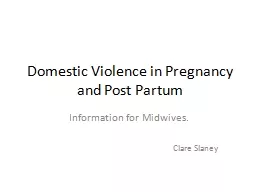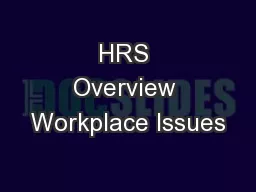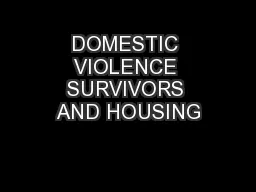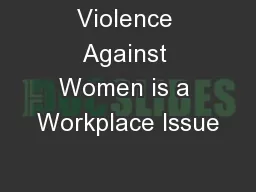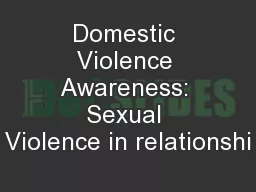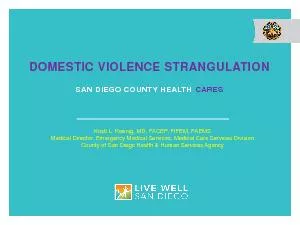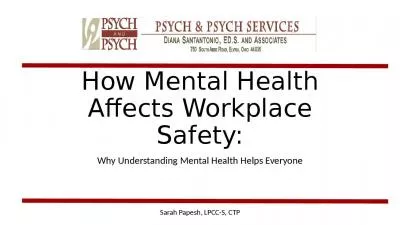PPT-Domestic violence: A workplace health & safety concern
Author : kittie-lecroy | Published Date : 2018-03-07
CUPE ONTARIO Health amp SafetyInjured Workers Conference October 27 th 2016 Why a trade union issue Domestic violence Widespread without doubt many CUPE
Presentation Embed Code
Download Presentation
Download Presentation The PPT/PDF document "Domestic violence: A workplace health &a..." is the property of its rightful owner. Permission is granted to download and print the materials on this website for personal, non-commercial use only, and to display it on your personal computer provided you do not modify the materials and that you retain all copyright notices contained in the materials. By downloading content from our website, you accept the terms of this agreement.
Domestic violence: A workplace health & safety concern: Transcript
Download Rules Of Document
"Domestic violence: A workplace health & safety concern"The content belongs to its owner. You may download and print it for personal use, without modification, and keep all copyright notices. By downloading, you agree to these terms.
Related Documents


